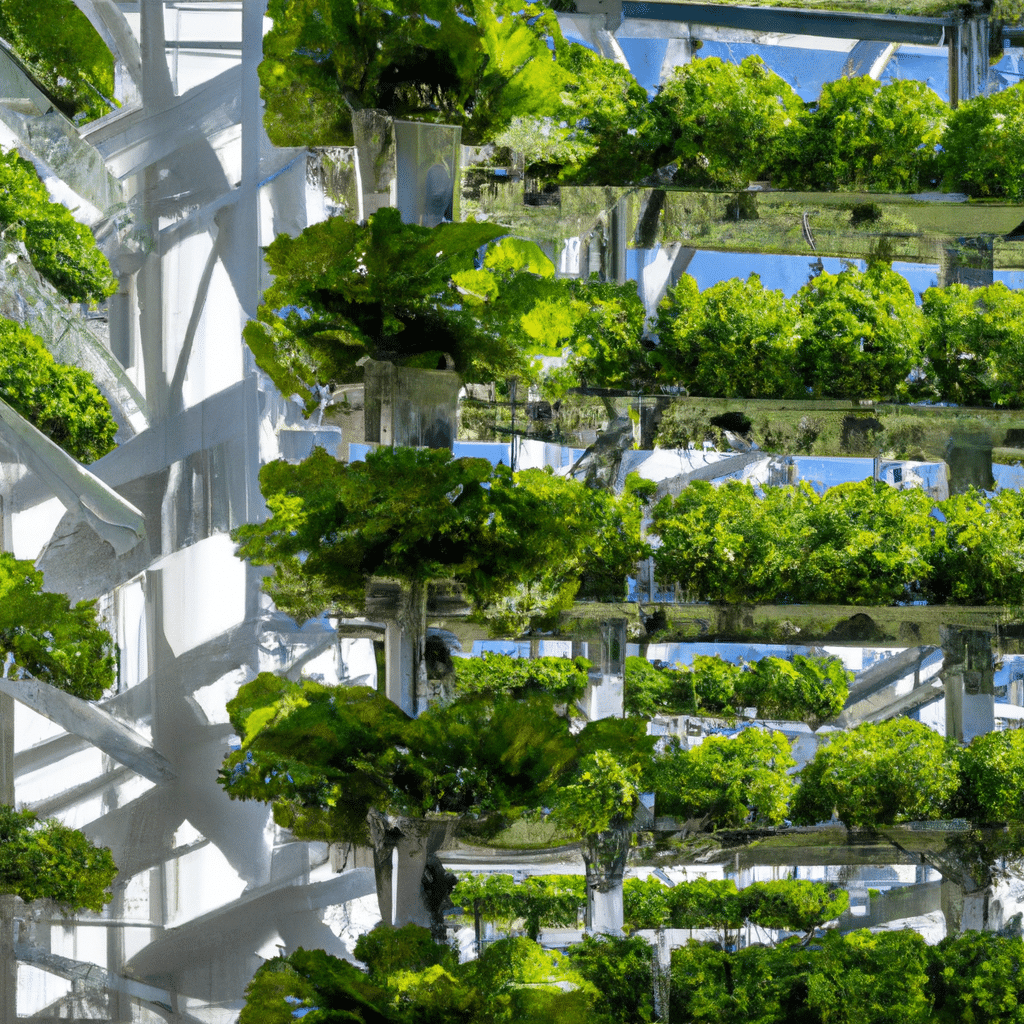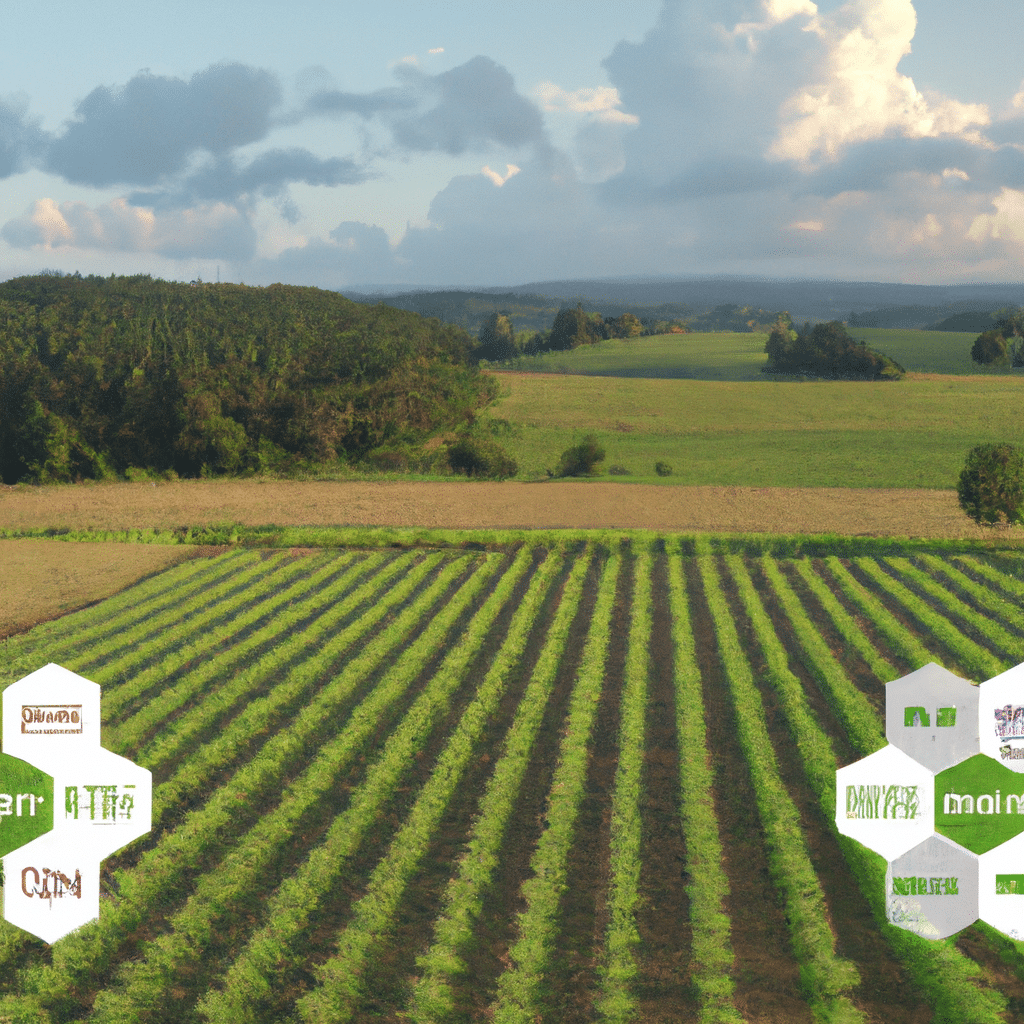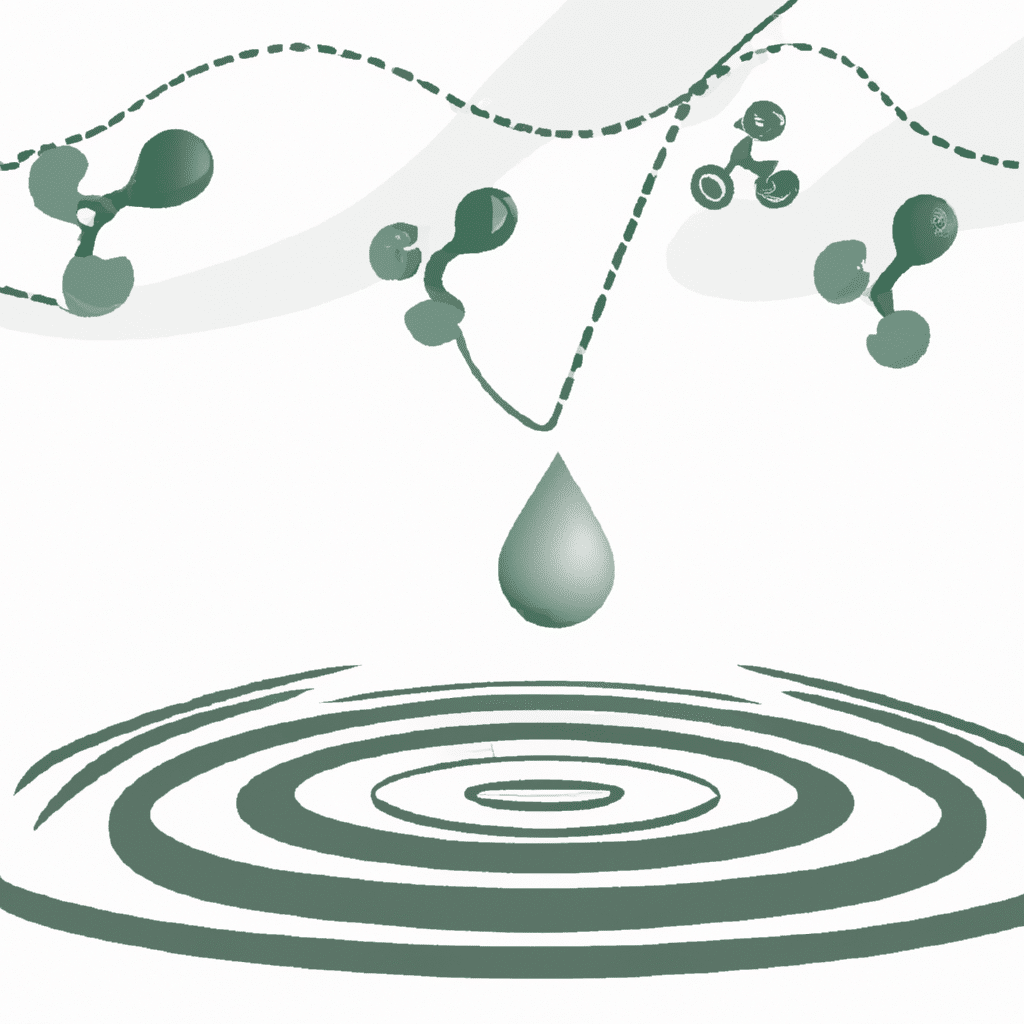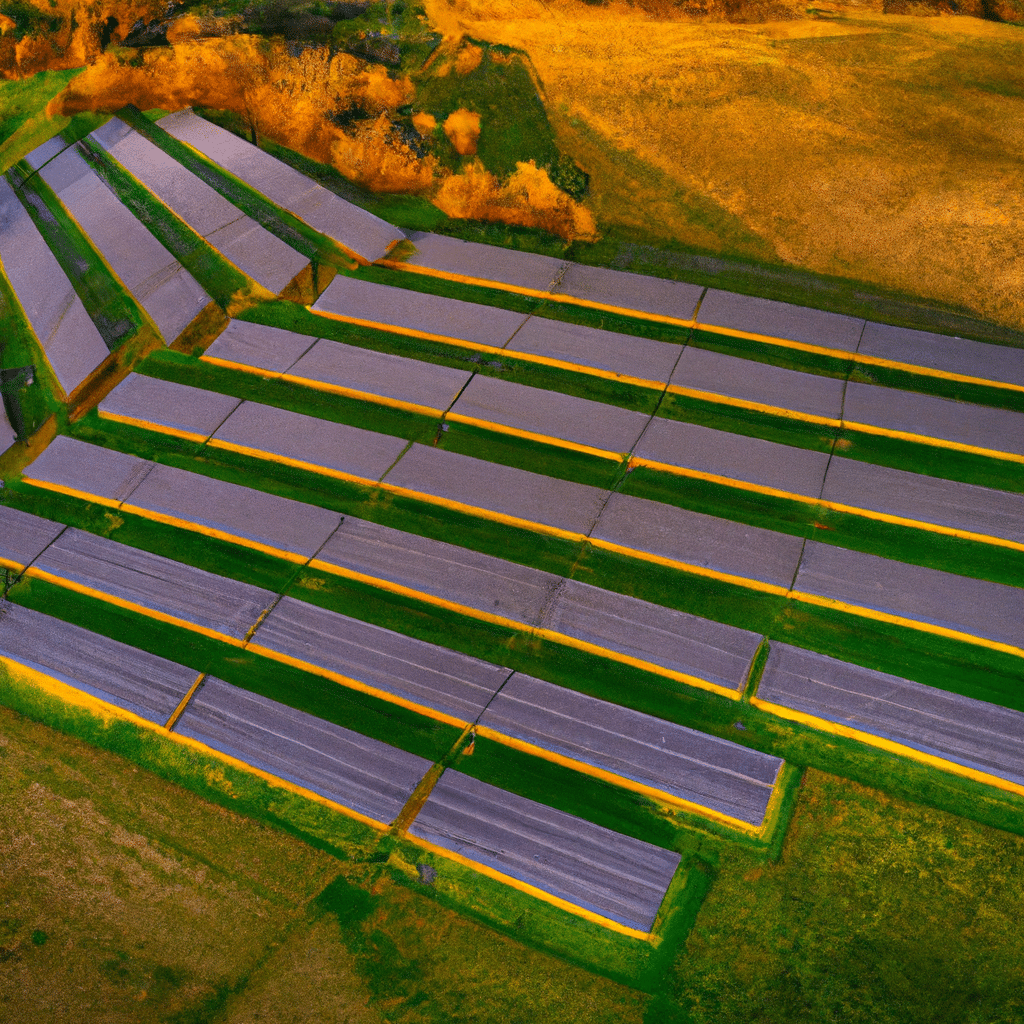In recent years, the global population has been growing at an unprecedented rate, putting immense pressure on our planet’s resources. As we strive to find sustainable solutions for the future, one innovative technology has emerged as a potential game-changer in the food industry – lab-grown meat. Lab-grown meat, also known as cultured meat or cell-based meat, offers a promising alternative to traditional animal agriculture. In this article, we will delve into the potential of lab-grown meat and its implications for a sustainable planet.
Understanding Lab-Grown Meat
Lab-grown meat is produced by culturing animal cells in a lab setting, without the need for traditional animal farming. The process involves extracting a small sample of animal cells, such as muscle tissue, and providing them with a nutrient-rich environment to grow and multiply. Over time, these cells develop into muscle fibers, which can be harvested and processed into meat products.
Environmental Benefits of Lab-Grown Meat
One of the key advantages of lab-grown meat lies in its potential to address the environmental challenges associated with traditional animal agriculture. Conventional livestock farming contributes to deforestation, greenhouse gas emissions, and water pollution. Lab-grown meat, on the other hand, requires significantly fewer resources.
Reducing Land Use
Traditional livestock farming requires vast amounts of land for grazing and growing animal feed. This leads to deforestation, habitat destruction, and loss of biodiversity. Lab-grown meat can be produced in a controlled environment, eliminating the need for large-scale land use. This conservation of land can help preserve natural ecosystems and protect endangered species.
Mitigating Greenhouse Gas Emissions
Livestock farming is a major contributor to greenhouse gas emissions, primarily through methane release from animal digestion and manure management. In contrast, lab-grown meat production emits considerably fewer greenhouse gases. Studies have shown that cultured meat can reduce carbon dioxide emissions by up to 96% and methane emissions by up to 99% compared to traditional meat production.
Minimizing Water Consumption
Animal agriculture is a water-intensive industry, requiring substantial amounts of water for animal hydration, feed production, and processing. Lab-grown meat production utilizes significantly less water compared to traditional farming. Estimates suggest that cultured meat can reduce water consumption by up to 90%, helping to alleviate water scarcity issues worldwide.
Health and Food Safety Considerations
Lab-grown meat offers potential health benefits compared to conventionally farmed meat. As the production takes place in a controlled environment, there is a reduced risk of contamination from pathogens such as Salmonella and E. coli. Additionally, the absence of antibiotics and growth hormones commonly used in animal agriculture can help mitigate public health concerns related to antibiotic resistance.
Ethical Considerations and Animal Welfare
Animal welfare is a significant concern in the livestock industry. Factory farming practices often entail overcrowding, confinement, and inhumane treatment of animals. Lab-grown meat provides an opportunity to address these ethical concerns by eliminating the need for animal slaughter. By producing meat from animal cells, we can potentially reduce animal suffering and create a more compassionate food system.
Challenges and Future Outlook
While the potential of lab-grown meat is promising, there are several challenges that need to be overcome for widespread adoption. The current production process is expensive and time-consuming, making lab-grown meat significantly more costly than traditional meat. However, with advancements in technology and scale-up of production, it is expected that costs will decrease over time.
Regulatory frameworks also need to be established to ensure the safety and labeling of lab-grown meat products. Consumers should have access to accurate information about the origin and production methods of the meat they consume. Collaborative efforts between governments, regulatory bodies, and industry stakeholders are crucial in shaping the future of lab-grown meat.
Conclusion
Lab-grown meat has the potential to revolutionize the food industry and contribute to a more sustainable planet. Its environmental benefits, health considerations, and ethical implications make it a compelling alternative to conventional meat production. While challenges exist, ongoing research and development efforts are paving the way for a future where lab-grown meat becomes an accessible and viable option for consumers worldwide. By embracing this innovative technology, we can work towards a more sustainable and compassionate food system.
